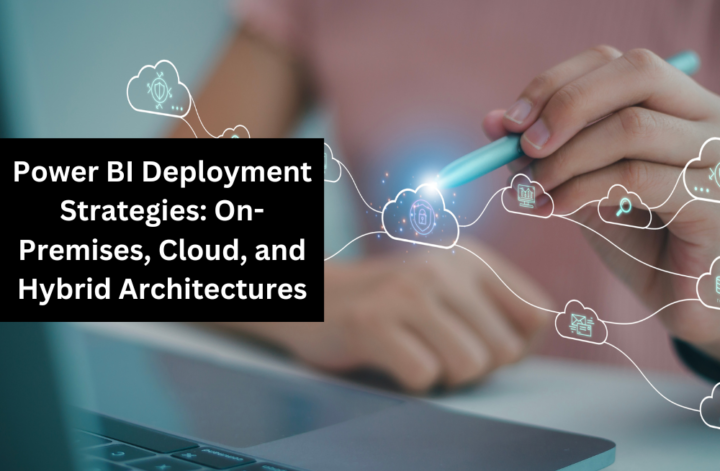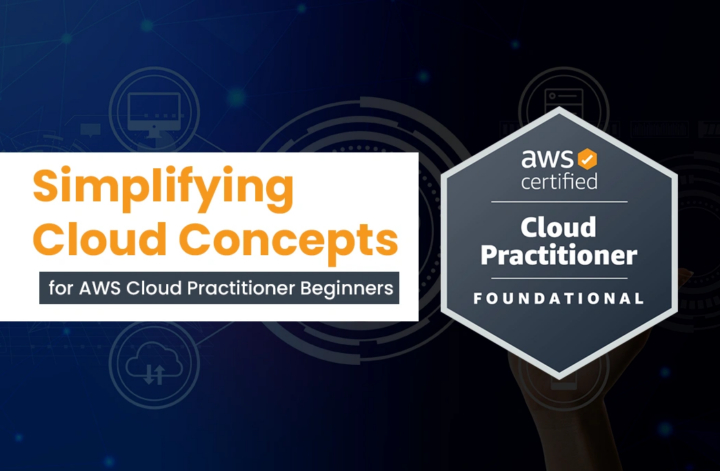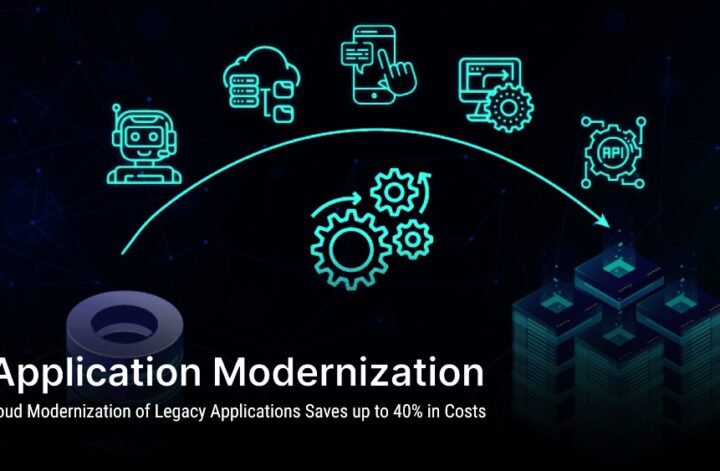Whatever you are – a business owner, a manager, or a data enthusiast – it is important to learn about deployment strategies to explore the full potential that your organization can get from Power BI. However, the volume of data generated nowadays is much larger, and therefore, the demand for advanced analytic tools is more imperative than ever. Here is where Power BI makes its debut as a time-saver. However, the biggest question is: what will be the result if the tool is not used well?
Power BI Consulting has taken off with the business community, who are increasingly attracted by the fact that it helps to facilitate growth and efficiency. Let’s discuss the three important deployment strategies: on-premise deployment, cloud deployment, and hybrid architecture.
Power BI Deployment Strategies
Power BI has become an asset for companies seeking to use the power of data for decision-making. Power BI deployment is more than installing the software. It requires careful consideration of various deployment strategies. These are tailored to the unique needs and requirements of each business.
On-Premises Deployment
On-premises deployment of Power BI consists of local hosting and management of analytics platform directly in business infrastructure. This method provides a great deal of control and security over sensitive data, and as a result, it has been known to be very appropriate for industries that have strict compliance requirements, such as finance, healthcare, and government sectors. MySQL hosting can be seamlessly integrated into on-premises deployments, providing reliable data management capabilities within the controlled environment.
Control and Customization
The main benefit of on-premises deployment is that it gives the organizations the highest level of control. Through the hosting of Power BI in their infrastructures, businesses can have maximum control over the platform configuration, customization, and management without any external dependency. It makes it possible to develop custom-made solutions that align with unique business needs and objectives.
Data Security and Compliance
Data security is one of the most important factors in the digital world; even organizations dealing with confidential information should pay much attention to it. On-premises deployment offers better security than cloud-based solutions because it gives the business the option to keep control of their data in a secure environment. This minimizes the likelihood of data breaches and unauthorized access, thereby guarding protected information from outside dangers.
Performance and Scalability
Concerning cost and scalability, on-premises deployment might be more suitable for organizations with strong infrastructure capacity. Using separate hardware, Power BI can be tuned up to accommodate businesses’ particular requirements. Furthermore, on-premises deployment ability offers flexibility for companies to scale up their analytics capacity in response to growing data volumes. This scalability is especially important for businesses in the growing industry or facing the issue of changing data processing needs.
Cloud Deployment
In a nutshell, cloud deployment is the option that most organizations in recent years have preferred to achieve the most out of Power BI. Here is the part about cloud deployment and its main characteristics, benefits, and concerns.
Scalability and Flexibility
The primary feature of the cloud is scalability. Using Power BI hosted in the cloud, organizations can easily adapt the size of their analytical infrastructure in line with dynamic data volumes and business demands. Cloud solution providers such as Microsoft Azure provide scalable resources, allowing businesses to scale up or down the computing power and storage capacity to their demands, without having to incur the initial cost of hardware acquisition.
Accessibility and Collaboration
Cloud service deployment improves accessibility via the removal of geographical borders and the ability of remote teams to work together as effortlessly as if they were all in a single office. With Power BI in the cloud, the users can safely work with the dashboards and reports from anywhere, which helps to develop a culture of data-driven decision-making and unites the employees around common goals.
Cost-Efficiency
Cloud deployment enables cost reduction that is much higher compared to on-premises solutions. One way of doing this is by making it possible to avoid any upfront investments in hardware and infrastructure, so businesses can save their money and move towards a predictable pay-as-you-go model.
Read: What is Case Management Software? (With Examples and Tips)
Hybrid Architectures
A hybrid architecture has the characteristics of both on-premises and cloud deployments. It enables companies to harness the scalability and accessibility of the cloud. It keeps the critical data on its infrastructure under its command.
Understanding Hybrid Architectures
Hybrid architecture is an important strategic tool to use in Power BI deployment which will let an organization run the on-premise and cloud components at the same time. A hybrid architecture is one in which critical data and processing take place on-premise, while for analytics and applications, the cloud is used as hosting. This helps organizations to find a middle ground between robustness, compliance, and flexibility, responding to different business needs, and regulatory requirements.
Key Components of Hybrid Architectures
On-Premises Data Gateway
An important feature of hybrid architectures, the on-premises data gateway helps to establish data security between on-premises data sources and cloud-based analytics services.
Cloud Analytics Platform
The basis of hybrid architecture is a cloud analytics platform like Power BI in Azure, which provides an environment for analytics workloads and applications.
Data Synchronization Mechanisms
Organizations will need to have in place strong data synchronization techniques that will guarantee data consistency and integrity across the on-premises and cloud environments.
Benefits of Hybrid Architectures
Through hybrid architectures, businesses can deploy analytics platforms that can easily scale on demand, taking advantage of the elasticity of the cloud and the cloud’s ability to accommodate changing workloads and data volumes.
Hybrid architectures are the solutions that make a smooth transition from on-premises systems to cloud-based ones. This allows organizations to continue using their existing infrastructure and applications.
Warp-Up
Selecting the right approach is important to maximize the benefits of Power BI deployment. You can opt for on-premises, cloud, or hybrid architectures. Each strategy has its own set of advantages and considerations. No matter what the current scenario of your business is, remember to use the expertise of Power BI Consulting services and focus on Power BI Development and Power BI Dashboard Development to fuel your business success and create the data that drive results.




